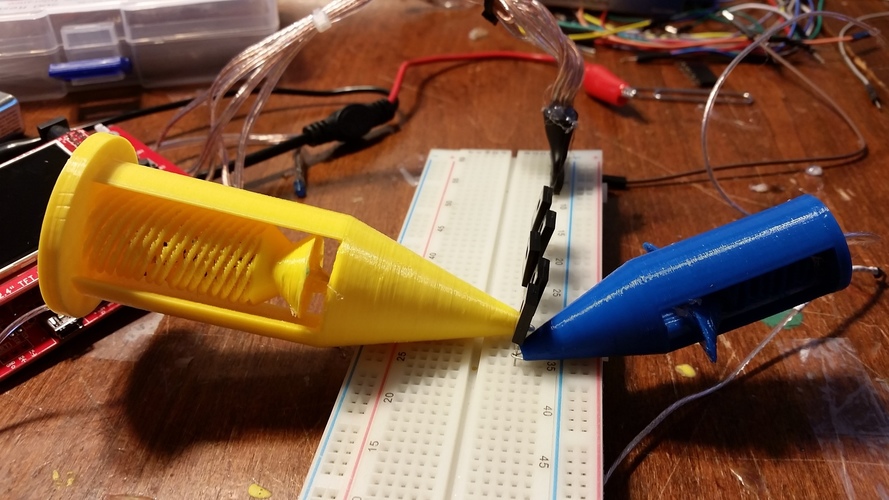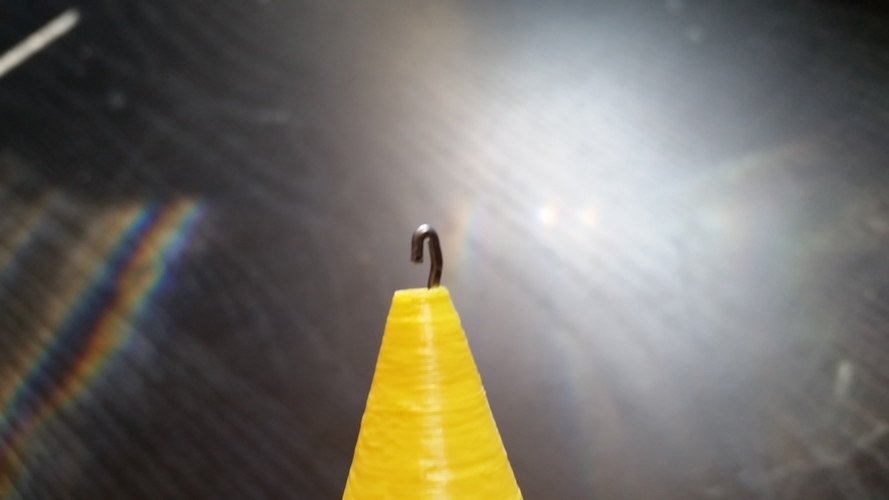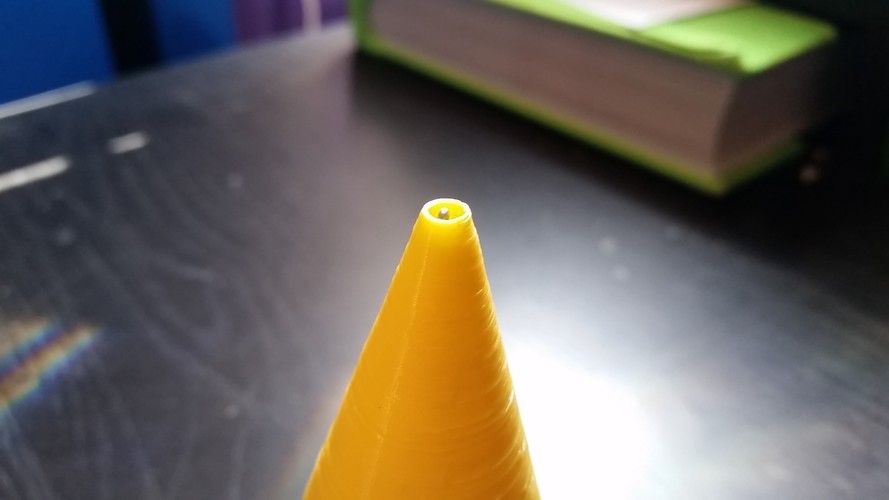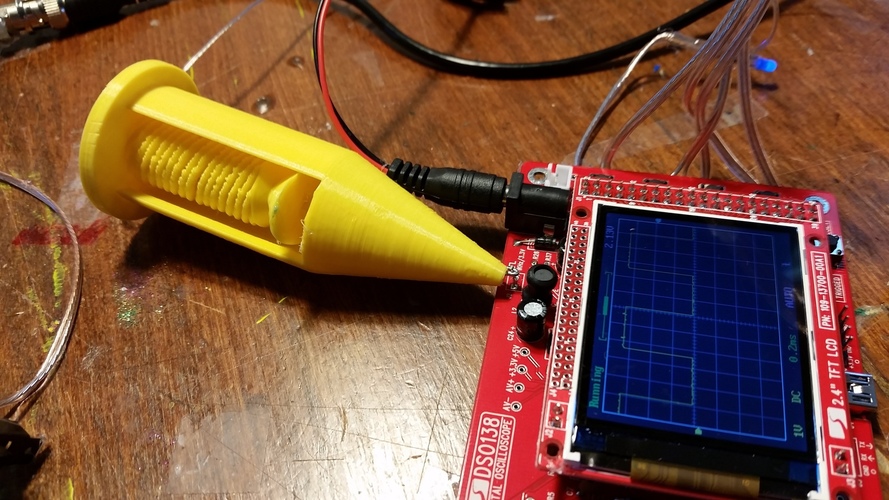






Prints (0)
-
No Prints Yet
Be the first to upload a Print for this Design!
Description
If you are an electronics hobbyist, like me, an oscilloscope or a multimeter are invaluable when it comes to designing or testing circuits. Cheap, standard probes can limit your ability to obtain accurate measurements on small/tight PCB's. Of course, there are probes that are designed to fit into tight areas on a PCB. Usually found on an oscilloscope, mini-grabber test-leads are an alternative to prong-based probes. Mini-grabbers use a small hook that can grip component leads without connecting to nearby components.
This download includes the files to create a large version of mini-grabber test-leads (10cm length) with integrated spring. YES, THE SPRING IS 3-D PRINTED. As well as a smaller, 6.8cm version. Personally, I prefer the larger one as it fits my hand better.
YOU WILL NEED:
-Needle-nose pliers
-A large paperclip
-Soldering equipment
-Hot glue gun
-Wire (Preferably 22AWG)
PRINT SETTINGS:
Material: PLA
Temperature: 190*C
Support: NONE
Raft: No
Speed: 50mm/s
Layer height: 0.2mm
Infill: 10% or greater
INSTRUCTIONS:
Step 1: After printing, remove the six supports that hold up the main cone of the model as shown in Figure 1.
Step 2: Flex the spring back and forth/ up and down, by moving the lab that extends out on both side of the model. This tab should be connected to the spring ONLY (Figure 2).
Step 3: Bend the paperclip into a straight line. Cut it so it can fit inside the 3D-printed housing. At the end of the paperclip, use your pliers to create a small hook as shown in Figure 3. If you wish to create a smaller hook for the smaller model, use an old lead from a resistor or diode.
Step 4: Solder a wire about 18in long to the opposing end of the paperclip hook. If you used a resistor lead as a hook, solder the lead to the straightened paperclip, and then the paperclip to the wire. Be sure to insulate your connections with heat-shrink.
Step 5: Heat the hot glue gun. While it is warming up, slide the paperclip-hook and wire into the BOTTOM of the test-lead, through the spring and hand tabs, up until the very end of the printed housing. The hook should be flush with the aperture on the very end of the cone (Figure 4).
Step 6: Glue the hook to the top of the spring as shown in Figure 5.
Step 7 (Optional): Solder a male header to the opposing end of the wire and use alligator clips to connect the male header to any meter or machine.
Step 8 (Optional): Add a 9M ohm resistor in parallel to a capacitor trimmer to the output of the test-lead to create a rudimentary 10X probe.
Thanks for your time!
-Frankie
Comments